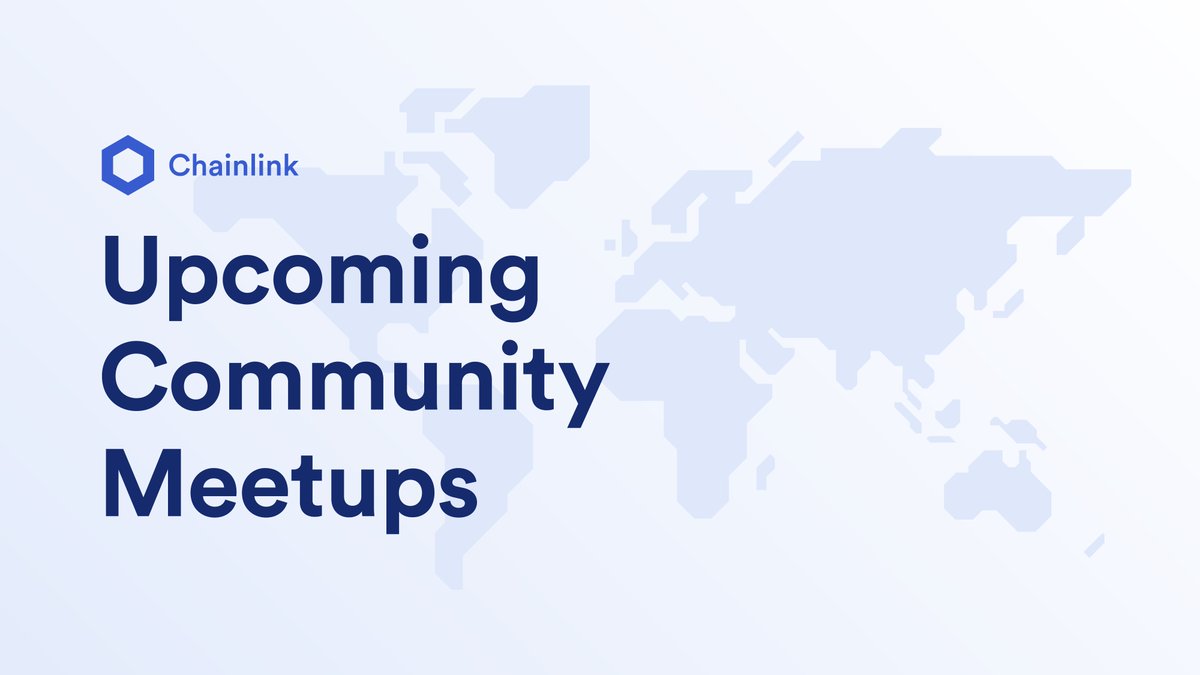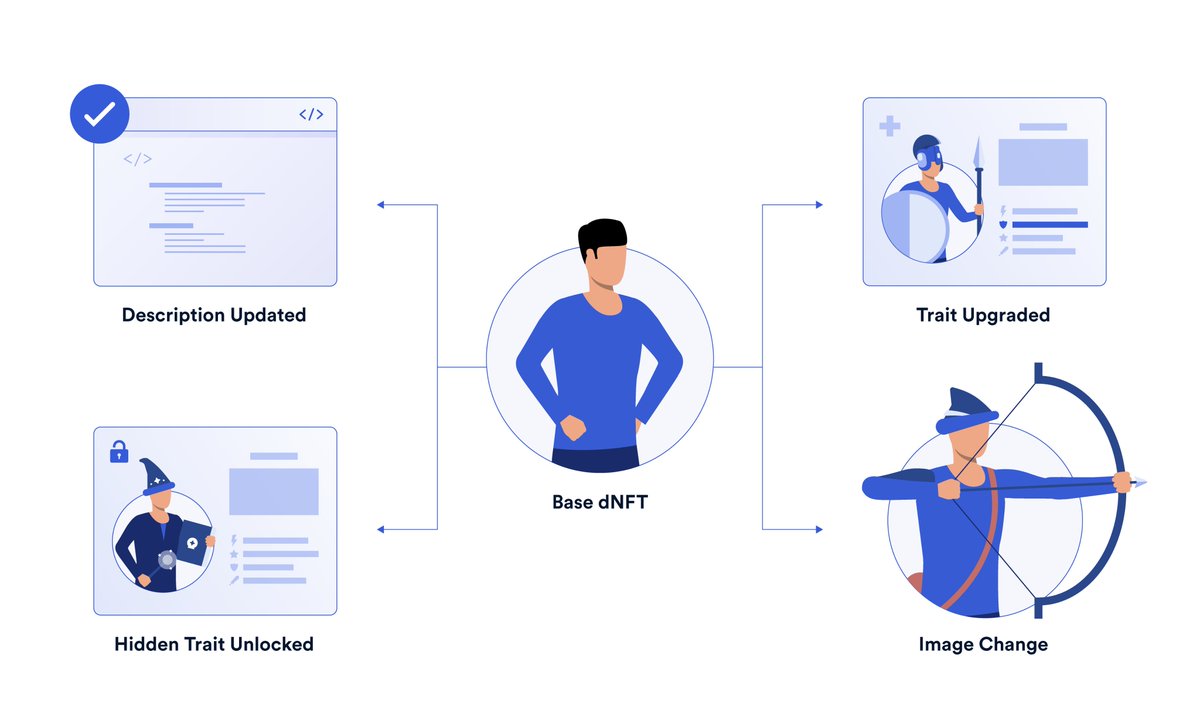
#Chainlink is pushing the boundaries of what's possible with NFTs, one oracle service at a time.
A thread on NFT innovation 🧵
A thread on NFT innovation 🧵

When you think of #NFTs, you're probably envisioning something like a #CryptoPunk—a unique, 1-of-1 token with an image attached to its metadata that never changes.
This static format represents most NFTs today. But what else is possible with NFTs?
This static format represents most NFTs today. But what else is possible with NFTs?
Imagine you have a house NFT. Every time something in it is upgraded, the NFT updates to reflect this. When the house is sold, the token is transferred to its new owner.
This is a dynamic NFT (dNFT)—made possible using Chainlink oracles. blog.chain.link/what-is-a-dyna…
This is a dynamic NFT (dNFT)—made possible using Chainlink oracles. blog.chain.link/what-is-a-dyna…

Static or dynamic, what can you do with an NFT other than hold it?
Hybrid NFT-DeFi applications are on the horizon, enabling you to put your NFT to work. NFT lending, prediction markets, indices, and more are now possible.
Here's why: blog.chain.link/nft-floor-pric…
Hybrid NFT-DeFi applications are on the horizon, enabling you to put your NFT to work. NFT lending, prediction markets, indices, and more are now possible.
Here's why: blog.chain.link/nft-floor-pric…

Chainlink NFT Floor Price Feeds are just one of multiple oracle services enabling #Web3 devs to explore new frontiers.
From #DeFi and NFTs to enterprise use cases, Chainlink's secure oracle services unlock the true potential of blockchains.
A primer: chain.link/education/bloc…
From #DeFi and NFTs to enterprise use cases, Chainlink's secure oracle services unlock the true potential of blockchains.
A primer: chain.link/education/bloc…

• • •
Missing some Tweet in this thread? You can try to
force a refresh


















